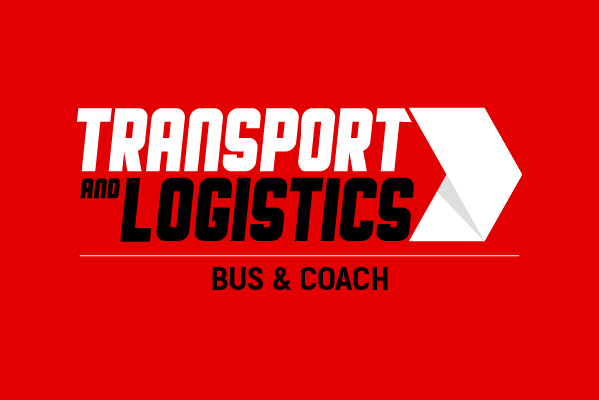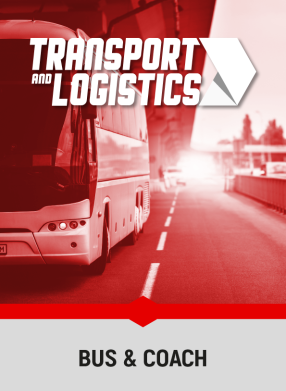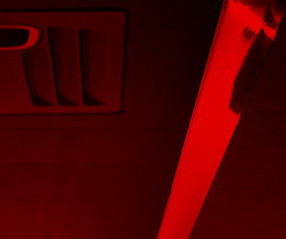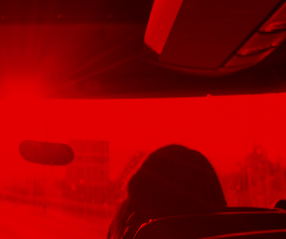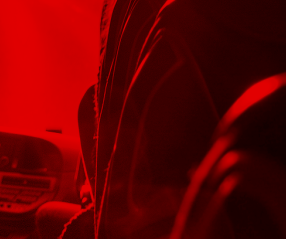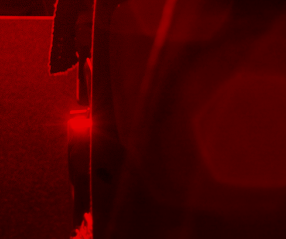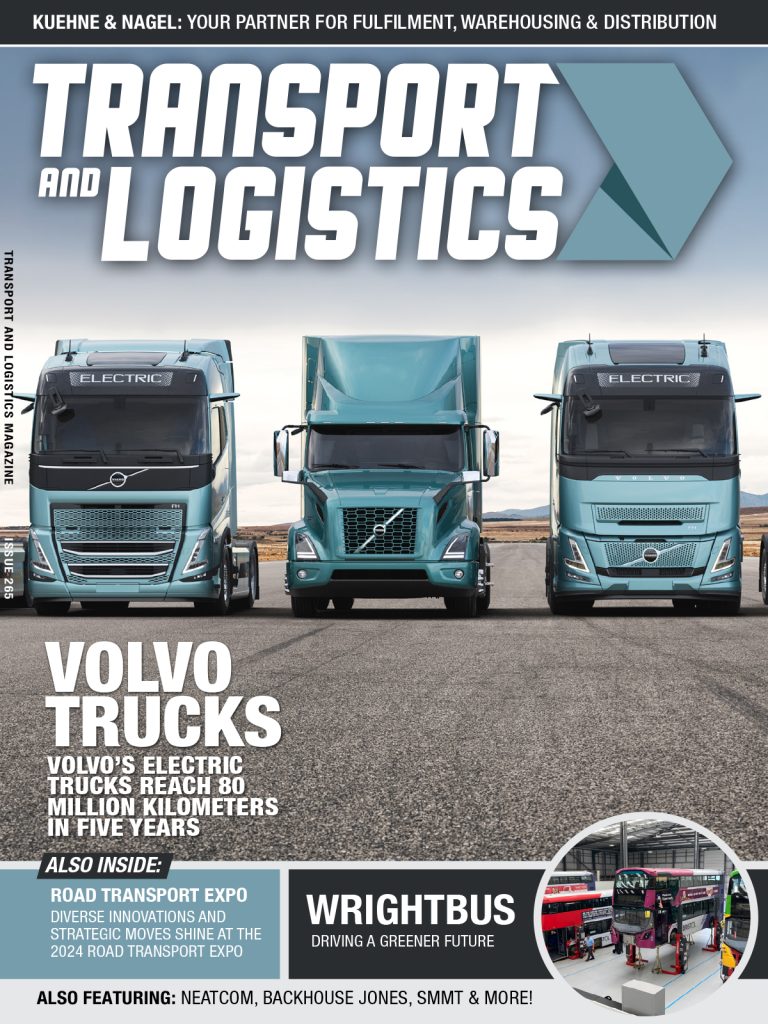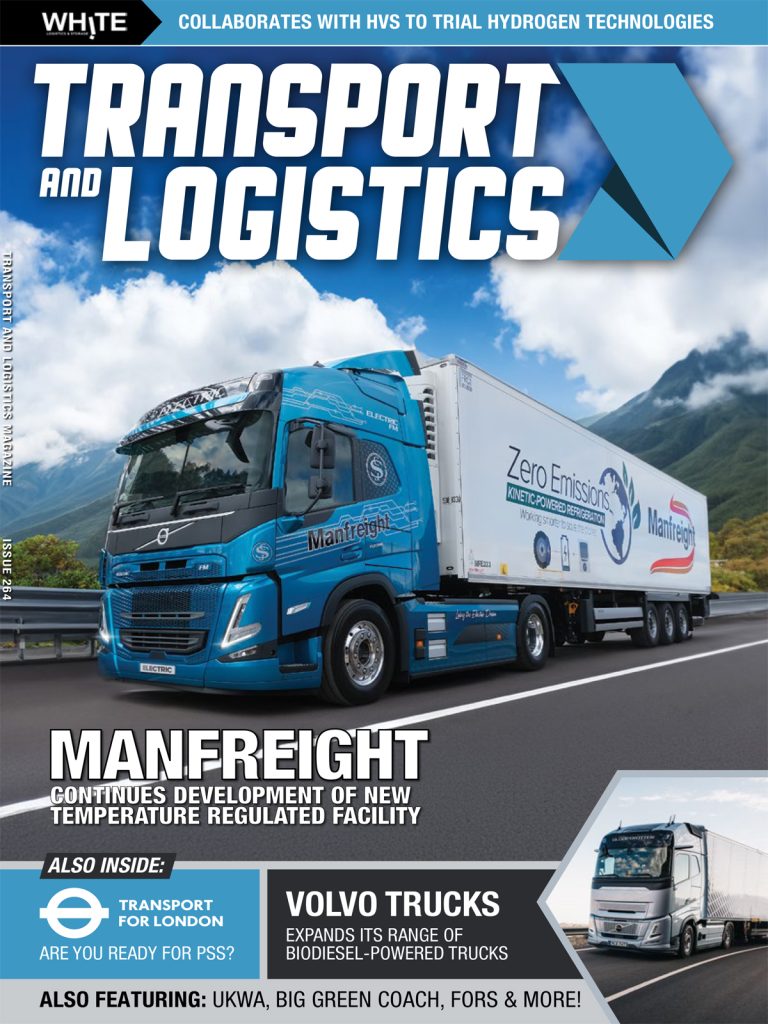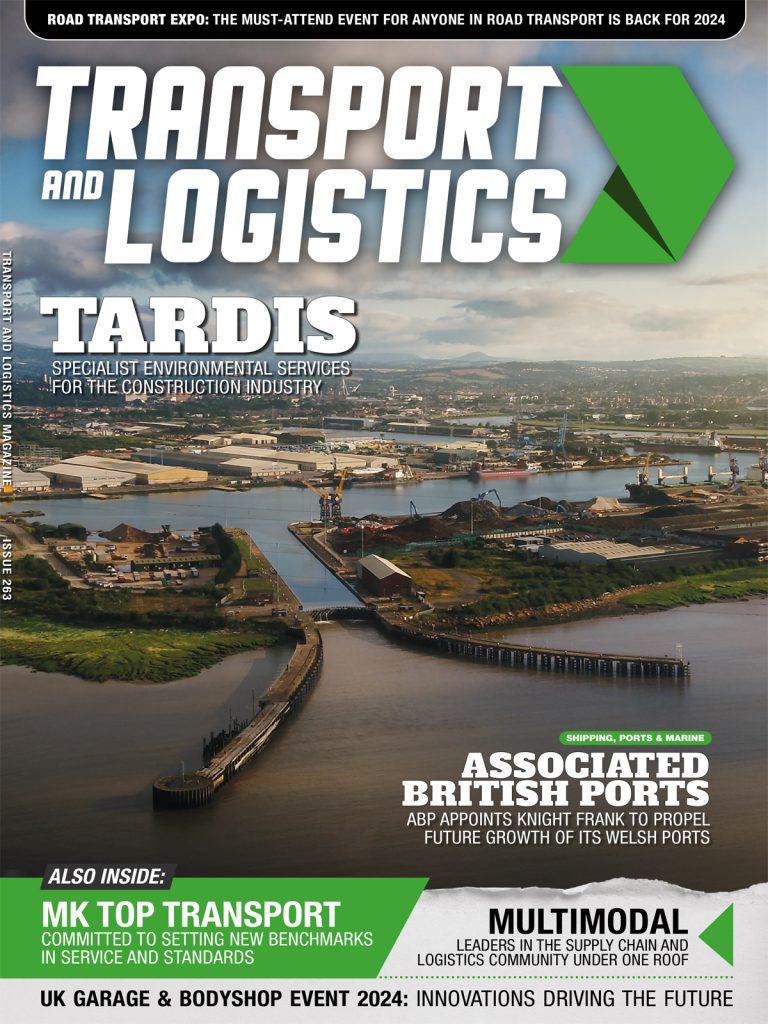Europe’s Most Advanced Electric Bus Opens Its Doors To Passengers Today – The First Of A New Generation Of Electric Vehicles To Be Seen On Europe’s Roads
The Chariot e-bus runs without batteries and can travel along its route up to 20km on a single, few minutes’ charge each time upon returning to its terminal – making it the perfect solution for urban transport challenges.
The new bus launches today in Sofia, Bulgaria. Last year, the European Environment Agency revealed that Bulgaria has the highest concentration in its air of sulphur dioxide and carbon monoxide in Europe.
The new bus will not produce any direct CO2 emissions. Instead, only indirect emissions will be created from electricity generation, but this will be less than one third of that of a normal diesel bus.
The vehicle is the result of a collaboration between Israeli-Bulgarian bus company Chariot Motors, China’s second largest bus manufacturer Higer and China’s world-leading ultra-capacitor producer Aowei.
This cutting edge ultra-capacitor technology enables the bus to capture energy from braking and use it to propel the bus forward to reach previously unachievable ranges.
The ultra-capacitor technology has been tested in Shanghai for more than seven years, clocking up more than 8 million kilometres, but has never before been launched in Europe.
Chariot Motors says the new bus technology can help city planners to reduce operating costs and reduce emissions by unprecedented levels.
The technology will also significantly reduce the reliance upon traditional diesel, CNG and trolleybus type vehicles. The new e-bus:
– has the autonomy and payload of a regular diesel / CNG city bus
– does not require overhead power line support meaning total freedom of movement and the absence of heavy infrastructure building and maintenance costs
– allows for unseen levels of energy self-recuperation into its own ultra-capacitor, whereas trolleybuses rely on other vehicles to take and return power from/to the network
Zwika Zimmerman, Chairman of the Board of Chariot Motors, said: “I have no doubt that these next generation electric buses are the future of urban public transport.
“This is the first electric bus on European streets that does not require traditional battery charging and can cover its whole route on a single charge requiring just a few minutes. However I’m confident that it won’t be the last.
“Cities across Europe face increased demand for public transportation at the same time as facing increased concerns over air pollution. Electric buses can both meet that demand and address those concerns.”
The new bus will run across a 23km round-trip route. Its average daily energy consumption has already been test-proven in Sofia to be about 0.95kWh/km. Translated into energy cost per kilometre, this produces a ratio of up to 10 times in favour of the Chariot E-bus*.
The ultra-capacitor contains no toxic material and comes with an 8-year, unlimited-mileage manufacturer guarantee.


